LONG BLOG
Top 10 Games I Played in 2023
2023 began for me in the same way 2022 ended: Attending far too any funerals of both close and far relatives, and in moments of grief, numbing myself by playing Fire Emblem: Three Houses. In times like those, and in global times like the end of 2023, it may seem that gaming is such a worthless side activity; time spent that adds no value. Yet, I reject that sentiment, and ironically find the langauge to reject it in one of the more contorversial games I played and enjoyed this year.
Death Stranding introduces many concepts, not all of them land, and it doesn't follow through with all of them, but the concept of humanity evolving into Homo Ludens is one that intrigues me. This concept, borrowed from 1938 philosophy book, states that the ultimate goal of humanity is to reach a point where they spend time to play, considering that a central driving factor of our species.
If my gaming time this year is anything to go by, from over 1500 hours playing videogames, 200 hours playing board games, 550 hours playing sports or going to the gym (the latter being more work than play), then I am doing my part in evolving the species towards that noble goal. As usual, the games I enjoyed most span different genres, consoles, and eras. From the esoteric excellence of 13 Sentinels to the classic goodness of Wild Arms, this list is filled with great games that I enjoyed, arranged in alphabetical order:-
13 Sentinels: Aegis Rim (2019/2022, PS4/NS) :
- Genre: Visual Novel, Real-Time Strategy
- Developer/Publisher: Vanillaware / Atlus, Sega

Usually, my Top 10 played games in the year list are ordered alphabetically as it would be very difficult for me to order them with confidence. That would not have been the case this year as 13 Sentinels is clearly my favorite game of the year, and in fact one the only game I played this year that breached my list of most cherished games. Its just that good, and what’s frustrating about it is that it is difficult to explain why.
Why did this game resonate so much with me, and why may it do the same for you?
It’s a difficult question to answer because the game is difficult to accurately describe, being a mish-mash of genres and ideas that surprisingly fit together in the end to create a memorable and unrepeatable experience, but I will try anyway.
13 Sentinels is a game about 13 Japanese teenagers who find themselves able to pilot giant robots (Mechs) to fight giant monsters (Kaiju) that threaten the destruction of the whole world. Yet, not everything is at seems, and when time-travel, dimensional leaps, clones, different version of known characters, AI, and other Sci-Fi concepts collide, all in fragmented narrative bits as you jump from the point of view of the 13 characters and the battle sequences, that’s when you realize that this is a much more complex tale that shouldn’t work. Yet, it miraculously does, and does so in a way that can ONLY be done through a video game.
It tells an extremely strong and original story in a way that requires careful observation and deduction from the player to correctly understand what’s happening. By the time the exposition bit hit, the smart player should have predicted almost everything since the game gives you all the clues you need fairly.
Due to the strength of its narrative, solid RTS gameplay, absolutely brilliant soundtrack and graphics, this title easily crowns the list of games I played this year. However, it is thanks to how uniquely it uses the medium of video games to tell its story that it became an all-time great for me.
Astral Chain (2019, NS)
- Genre: Character Action, Action-Adventure
- Developer/Publisher: PlatinumGames / Nintendo

This is a Character-Action game by PlatinumGames, which means you should expect a unique and brilliant take on the genre, and Astral Chain doesn’t disappoint. The twist here is that in combat, there are two characters chained together that you somehow control. First, there is the main character who moves like Dante or Bayonetta would move in their respective games, but then there is their legion, a creature that auto-attacks but you can also control. Once you have access to different legions, the combat system sings in a way that only happens in the best of these games.
Supporting the excellent combat system is richly designed world with some of the Nintendo Switch’s best graphics and art design. True, there is nothing exceptional with the rather generic story and characters, but I thought he overall pacing of the game allows time to breathe between the exhilarating combat sequences, giving them more weight.
It’s a damn shame that not many people played Astral Chain, a game that only sold more than a million copies thanks to being released on the Nintendo Switch. It’s a shame because this exactly the kind of mid-budget game that gamers claimed to miss from the GameCube/PS2 generation, and because this is another excellent, yet ignored, original IP by PlatinumGames.
Death Stranding (2019/2021, PS4/5)
- Genre: Action-Adventure, Delivery Sim
- Developer/Publisher: Kojima Productions / Sony

The best thing that can be said about Death Stranding is that it is an extremely unique game with nothing like it. If I had to sum it up, I would say is that it’s a game about traversal and a huge number of inane delivery side quests that somehow feel less annoying than they would be in any other open-world game. That’s due to the traversal aspect, which makes movement the key gameplay element of the game.
What about the jar baby?
That’s the second element of the game’s uniqueness, which is an absolutely nonsensical story with poor pacing, pretentious writing, and the best and worst of Hideo Kojima’s storytelling excesses. An editor would have made wonders with the story (and gameplay), with about a third of it needing to get cut to make something much more engaging.
Yet, I spent more than 150 hours chasing that story, connecting cities and people, and somehow following the game’s themes in becoming a MULE. Which means the game must have been doing something right, but I will be damned if I figure it out.
Dragon Quest XI: Echoes of an Elusive Age (2017/2019, PS4/NS)
- Genre: JRPG
- Developer/Publisher: Square Enix
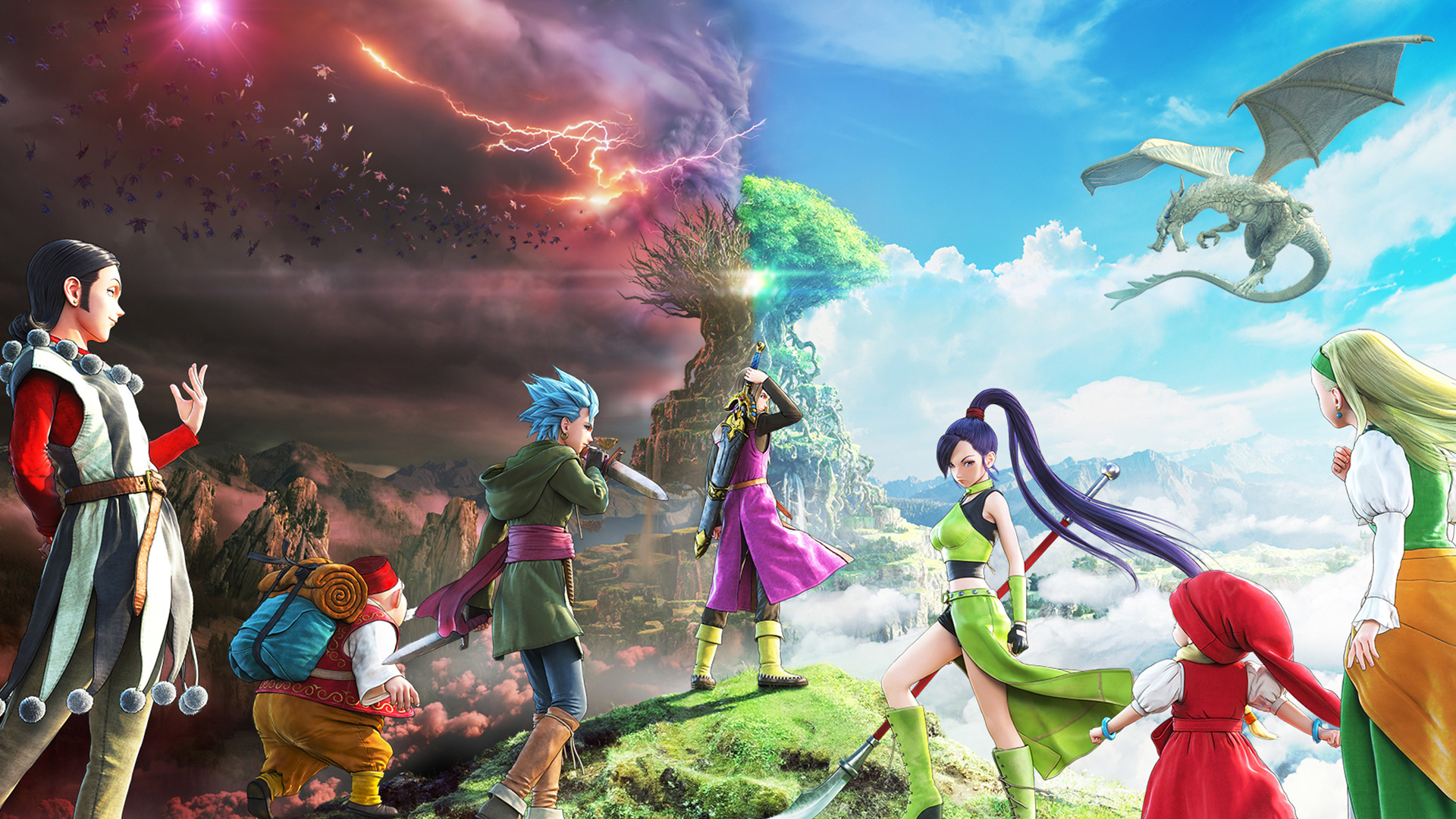
I am not sure if I should count this game as something I played last year, or if I should save it for this year, since I think I will end up splitting my time with the game evenly between the two. This may perhaps suggest how huge an undertaking this latest Dragon Quest title is, but so far, I feel it has a much better pacing than the last monstrous DQ game I played (DQVII). That may be a huge reason why I am enjoying this game so much.
With its charming set of characters, perhaps the best cast in the franchise’s history, along with an extremely solid and engaging main plot, this is easily one of the best in the series. Combine that with a pretty good combat system that you can increase the difficulty off (a must in my opinion), and you have something special.
At its core, the Dragon Quest series is about serving a comforting traditional JRPG experience, from its simple-yet-engaging turn-based combat, to its charming cast of characters and clear-cut story, along with its unforgettable iconography. That shouldn’t be considered a bad thing, especially when it is served to such high quality as DQXI does.
The Legend of Zelda: Link’s Awakening (2019, NS)
- Genre: Action-Adventure
- Developer/Publisher: Grezzo/Nintendo
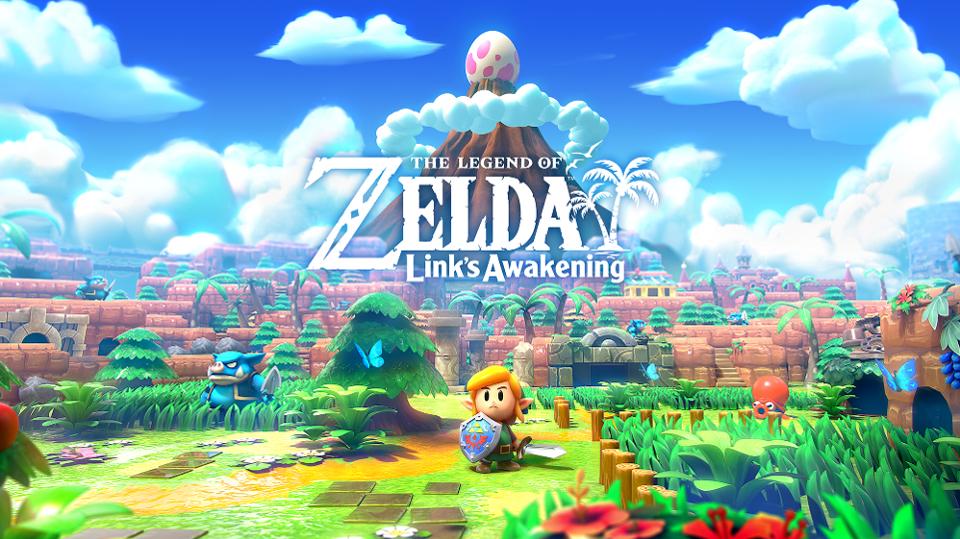
I really hope that Nintendo keeps making Top-Down Zelda games. That was my thought when I finished this remake of the Game Boy classic title, which was the first time that I played it. It was my thought not only because I enjoyed this game specifically, which is an extremely well-paced and charming adventure, but because it reminded me of how brilliant the rest of the Top-Down Zelda games were.
Simply put, the formula works wonderfully, with the Top-Down perspective condensing the world into constant action, allowing for a zen-like gameplay experience as you go from dungeon to dungeon, from heart piece to heart piece.
It feels more condensed in Link’s Awakening thanks to its Game Boy roots, but that allows the experience to stick that much better to your memory. That’s especially the case thanks to how charming the game is, with its dream-like nature complimented by the toy-like aesthetic chosen for the remake, which I thought was a great option in my opinion.
Mega Man X4 (1997, PS1/Saturn)
- Genre: Action-Platformer
- Developer/Publisher: Capcom

I lied earlier when I said there isn’t another game this year than 13 Sentinels that would break into my all-time greatest games list, but that’s only because Mega Man X4 has already been part of that list from the start. Usually, I wouldn’t put a game I replayed in such a list, but playing X4 for my Mega Man Retrospective blogs made me realize why I loved the game so much.
At their core, Mega Man games are basic Action-Platformers with a rigid design philosophy that is always fun, but rarely spectacular. Two games in the franchise shook things up more than others (Mega Man 2 & Mega Man X), and they are deservedly regarded as some of the best in the series. However, I think that both games simply refined the Run & Gun mechanics of Blue Bomber that were perhaps common in other games of the same genre.
As such, I think that the full introduction of Zero in X4 as the most revolutionary step in the franchise, as I think he is one of the most satisfying characters to control in any Action-Platformer since his introduction. The risk/reward balance of combat is heightened when you stick closer to enemies, and it supports the famous kinetic momentum that I consider a big part of the series.
Every bit of the game is more fun by controlling Zero, and it helps that of the supposedly “edgy” and “cool” 90s designs, his stands out as effortlessly cool.
Nioh 2 (2020, PS4/5/PC)
- Genre: Soulslike/Action
- Developer/Publisher: Koei Tecmo/Koei Tecmo, Sony

Of all the various Soulslike games, I think that the two Nioh games stands heads and shoulders above the rest, effectively competing with From Software’s own games when it comes to overall quality, even exceeding them in some regards. If you liked the first game, then the sequel is more of the same but also noticeably better in nearly every way.
Set a little earlier before the events of the first game, Nioh 2 follows a player created character through the rise of Nobunaga Oda and his retainer, Hideyoshi Toyotomi, and the influence of demonic forces in their rise. This is an alternate retelling of history that is much better appreciated if you are familiar with it, as the story may be the game’s weakest aspect.
What you should be in for is the gameplay, which is simply spectacular. While the level design is not nearly the level of intricacy or depth of a Dark Souls game, it is much improved from the first game, offering a bunch of cool locations in which to explore and fight a horde of demonic enemies and bosses.
It is in these fights that Nioh shines, as that is the element in which I think it exceeds its inspiration, fusing the Soulslike combat philosophy with the Character Action and Fighting game experience of Koei Tecmo studios, creating an involved fighting system that sings almost as good as Sekiro’s (which is NOT a Soluslike game).
Return of the Obra Dinn (2018/2019, PC/MP)
- Genre: Adventure/Puzzle
- Developer/Publisher: Lucas Pope/3909 LLC.

Return of the Obra Dinn may be the only game I ever completed in a single setting; that is how entranced I was with it. Initially, I suspected this was a case of a game winning plaudits mostly thanks to its unique 3D 1-bit aesthetic, which creates the black and white sketchy look that makes the game a stunning departure from its peers. Ironically, the game’s graphics were designed before its concept, giving some credence to my suspicion.
Nonetheless, Luca Pope may have thought of the game’s graphics first, but the game he created was something else entirely. Set on-board an abandoned 19th century “ghost ship”, the player must piece together the fate of the ship and everyone that was traveling on it. The main gameplay hooks is that you witness a dramatic scene unfolding; creating a fixed-time panorama that you can walk in to figure out clues about the fates of each character (who they are and how they died/disappeared).
With a genuinely intriguing story, brilliant aesthetic, and a unique gameplay system that demands logical thinking and observation; it is clear to see how Return of the Obra Dinn enthralled me into finishing it in one setting.
- Genre: Action-Adventure
- Developer/Publisher: Square
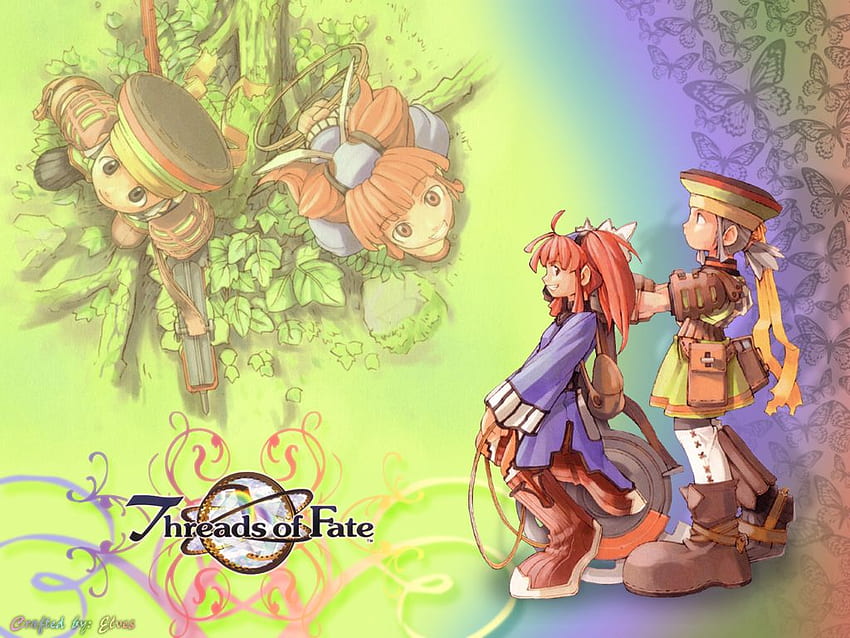
This is one of the lesser-known gems in Square’s second Golden Age; a time where they made a wide variety of great games outside of the Final Fantasy series. Made with a focus on recruiting a younger audience to Square’s games, Threads of Fate is more cartoony than other games made by the company, but it still manages to tell a good story.
Featuring two protagonists looking for an ancient artifact to realize their dreams, this game focuses on intimately developing the small cast of one village instead of opting for a globe-trotting adventure. This endears the player more to the set of characters, especially when you play the game twice to get both stories.
While neither gameplay nor story is exceptional, a certain design choices and musical motifs stick strongly to memory, and the overall uniqueness of the game allows me to recommend it with ease.
- Genre: JRPG
- Developer/Publisher: Media.Vision/Sony
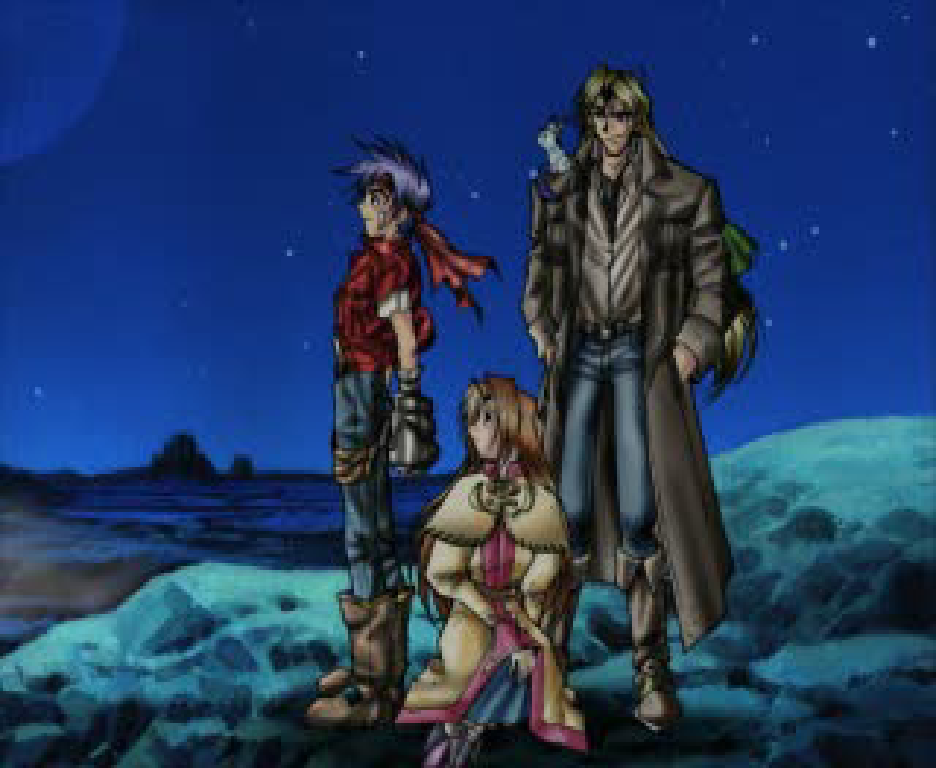
As one of the first JRPGs on a new console, in a time after several franchises established themselves as stalwarts of the genre, Wild Arms needed to lean on something different. It chose to fuse the fantasy setting of JRPGs with the American Wild West, developing a game where the sounds of Ennio Morricone will not be out of place.
Thankfully, the game has more than the setting to recommend it, although that massively helps. Released early in the PS1’s lifecycle, Wild Arms depends mostly on 2D sprite graphics that aged gracefully, unlike the 3D polygons in the battle scenes which didn’t. The first game in the series also introduced puzzle-solving in dungeons, not unlike Action-Adventure games like The Legend of Zelda.
With its charming looks, brilliant music, and solid overall gameplay, I had fun with the game from start to finish. In a way, the game almost matches the legendary reputation of its opening title Anime sequence and music. Almost…
Honorable Mentions:
Baba Is You (2019, MP, Hempuli)

Coding made into a puzzle game, this is a brilliant indie deconstruction of coding logic. You are tasked with understanding the rules of each level, and then pushing words and objects around, changing the way the world works by physically creating new code in each level. Its crazy, its hard, and boy is it fun.
Judgment (2018, PS4/5, Sega)
It became a tradition for me to have at least one game made by Ryu Ga Gotoku Studio in my top games list, and Judgment deserves that honor this year. For all intents and purposes, this game is not very different from the main-line Yakuza games. However, being free from the Godly nature of Kiryu allowed the story to breathe a little bit better, and as a result, this is one of the better RGG games out there.
Resident Evil 3 (2020, PS4, Capcom)
Although not as good as the Resident Evil 2 Remake, this game is still pretty good. I do not think the increased focus on action removed the Survival-Horror elements of the game yet, and Jill Valentine does make a compelling protagonist. It did feel somewhat too short though, and the scripted Nemesis sections stripped him from the same menace of Mr. X.
Shinsekai: Into the Depths (2019/2020, NS, Capcom)

This is an underwater Metroidvania with some survival elements and brilliant sound design. Truly, this is a game you MUST play with headphones on. Although its gameplay loop and underwater design are not remarkable, they work tangentially with the sound in creating an epic dive that goes into some weird places.
Syphon Filter 2 (2000, PS1, Eidetic/989 Studios)
I must honor this game thanks to the collaboration I had with Sharukurusu in writing a retrospective about this series on the PS1, with Syphon Filter 2 being the best of the bunch. A classic of that era, this is a game that tries to reach the cinematic thrills of Action movies of the time, and it frankly succeeds to a degree.
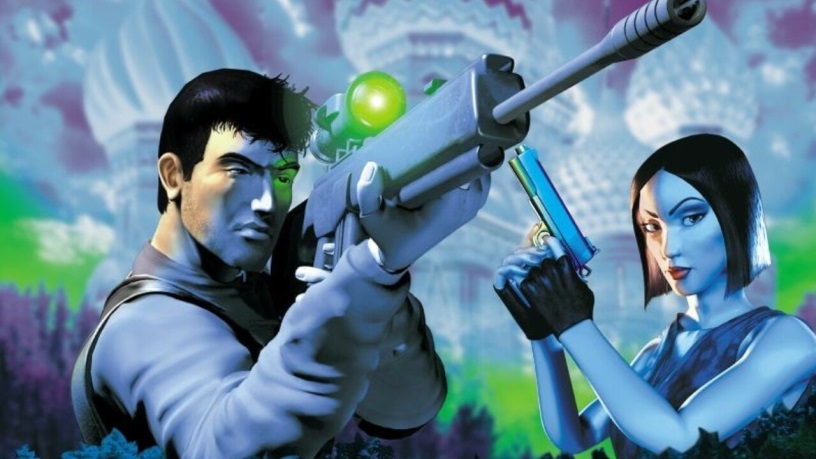
LOOK WHO CAME:
0 COMMENTS
Please login (or) make a quick account (free)
to view and post comments.
Login with Twitter
Login with Dtoid
Three day old threads are only visible to verified humans - this helps our small community management team stay on top of spam
Sorry for the extra step!
About Lord Spencerone of us since 5:57 PM on 01.12.2014
Being the lurker that I am, I have been following Destructoid for more than four years. Well, its 3 AM where I live now, and I just plunged in getting HUGE in the way.
Here is hoping for a fun time.
Oh yes, here is a little more info about me that is probably not as interesting as I think it is:
-I owned and played about 1000+ games.
-I owned and read about 2000+ books (I counted comic books I read as a kid so this is not as impressive as it sounds).
-I absolutely love Legos.
Out of all the games I played, I only regret playing a few. I am a big fan of gaming, and thus I really like most of what I play.
Thanks to the excellent work of community member Dango, now I have a cool infographic of my top 20 games. This list is not my final one, but what I thought off at the moment. If you notice, they are presented in chronological order:

Oh, and here is a link to my blogs:
My Blogs



